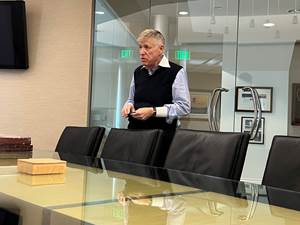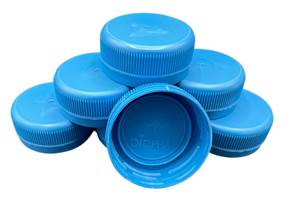Automotive Production Growth Strong
But indicators suggest market will slow in 2016.
Automotive has been strong since 2010. Interest rates have been low and incomes improving, which spurred spending on cars and parts. But the industry is likely to see its slowest growth this year since 2010. Here’s why.
Real 10-Year Treasury Rate. The “real” (inflation-adjusted) 10-yr Treasury Bond rate was 2.12% last December—the second month in a row that the real rate has been above 2%, the eighth month in a row that the year-over-year change in the real rate was more positive, and the 11th straight month that the change has increased.Typically, the year-over-year change in the real 10-yr Treasury rate leads changes in motor-vehicle and parts pending by about 12 months. So, the real 10-yr Treasury rate indicates decelerating growth in motor-vehicle and parts spending throughout 2016.
December’s nominal Treasury rate also was virtually unchanged from November. And while inflation was still historically low, the annual rate of inflation reached its highest level since December 2014. The increased rate of inflation helped temper the rise in the nominal rate, as the real rate is the nominal rate minus inflation.
Real Motor-Vehicle & Parts Consumer Spending. In November 2015, real motor-vehicle and parts spending contracted by 0.2% compared with one year ago. This was the first month-over-month contraction since February 2014. In the five months prior to November 2015, the rate of month-over-month growth was relatively weak. Therefore, the annual rate of change in motor-vehicle and parts spending has grown at a decelerating rate since May 2015.
The current annual rate of growth of 4.4% was still slightly above the historic average of 3.9%. However, over the last decade, motor-vehicle and parts spending has grown at an average rate of just 0.2%. So, compared with the last decade, consumer spending on cars was still growing at a quite a fast rate in November 2015. Spending leads production by about six months on average. Therefore, spending is indicating that production should continue its decelerating growth trend in 2016.
Motor-Vehicle & Parts New Orders. New orders for vehicles and parts grew 4% in December versus one year before. This was the 13th consecutive month of growth, although it was one of the weaker growth months during that period. The annual rate of growth in new orders was very strong in November and December. And the current annual rate of growth of 7.5% was well above the historic average of 2.7% . Orders remained quite robust in December and were a fairly positive sign for continued strength in vehicle and parts production.
Motor-Vehicle & Parts Industrial Production. Production has grown month-over-month since November 2009. However, in December 2015, the rate of growth was just 3%, which was the slowest since July 2013. The annual rate of growth has generally decelerated since April 2015. And based on the trend in interest rates and consumer spending, automotive parts production will continue to grow at a slower and slower rate in 2016.
ABOUT THE AUTHOR
Steven Kline Jr. is part of the fourth-generation ownership team of Cincinnati-based Gardner Business Media, which is the publisher of Plastics Technology. He is currently the company’s director of market intelligence. Contact: (513) 527-8800 email: skline2@gardnerweb.com
blog: gardnerweb.com/economics/blog
Related Content
US Merchants Makes its Mark in Injection Molding
In less than a decade in injection molding, US Merchants has acquired hundreds of machines spread across facilities in California, Texas, Virginia and Arizona, with even more growth coming.
Read MorePHA Compound Molded into “World’s First” Biodegradable Bottle Closures
Beyond Plastic and partners have created a certified biodegradable PHA compound that can be injection molded into 38-mm closures in a sub 6-second cycle from a multicavity hot runner tool.
Read MoreMultilayer Solutions to Challenges in Blow Molding with PCR
For extrusion blow molders, challenges of price and availability of postconsumer recycled resins can be addressed with a variety of multilayer technologies, which also offer solutions to issues with color, processability, mechanical properties and chemical migration in PCR materials.
Read MoreImpacts of Auto’s Switch to Sustainability
Of all the trends you can see at NPE2024, this one is BIG. Not only is the auto industry transitioning to electrification but there are concerted efforts to modify the materials used, especially polymers, for interior applications.
Read MoreRead Next
For PLASTICS' CEO Seaholm, NPE to Shine Light on Sustainability Successes
With advocacy, communication and sustainability as three main pillars, Seaholm leads a trade association to NPE that ‘is more active today than we have ever been.’
Read MoreLead the Conversation, Change the Conversation
Coverage of single-use plastics can be both misleading and demoralizing. Here are 10 tips for changing the perception of the plastics industry at your company and in your community.
Read MorePeople 4.0 – How to Get Buy-In from Your Staff for Industry 4.0 Systems
Implementing a production monitoring system as the foundation of a ‘smart factory’ is about integrating people with new technology as much as it is about integrating machines and computers. Here are tips from a company that has gone through the process.
Read More.JPG;width=70;height=70;mode=crop)









